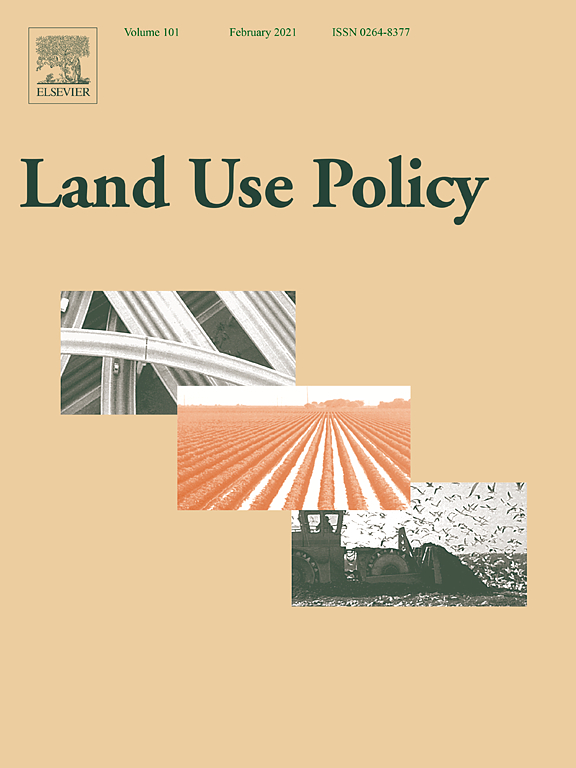Analysis of possibilities for linking land registers and other official registers in the Republic of Croatia based on LADM
Weak or non-existing linkage of official registers in the Republic of Croatia and the data redundancy as an inevitable outcome of such a state are the causes of various unwanted consequences for the relevant public authorities, as well as for citizens and companies as the end-users of that data. In this paper we present the results of an analysis of the status of the redundancy within the Croatian land administration-related registers.


